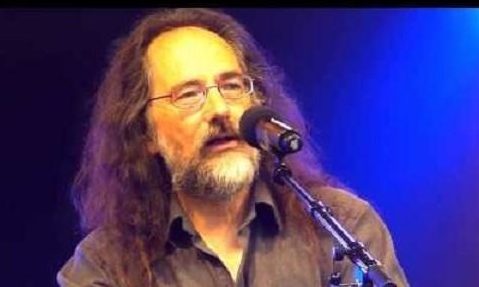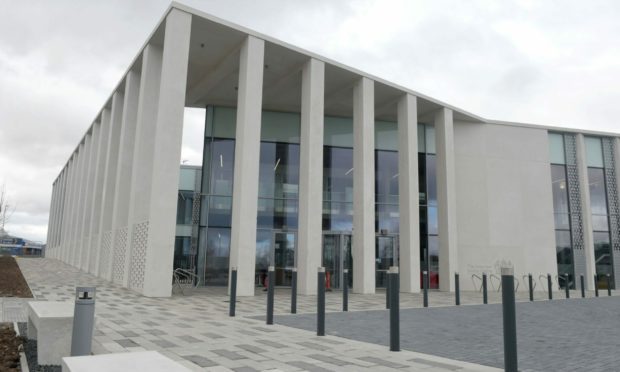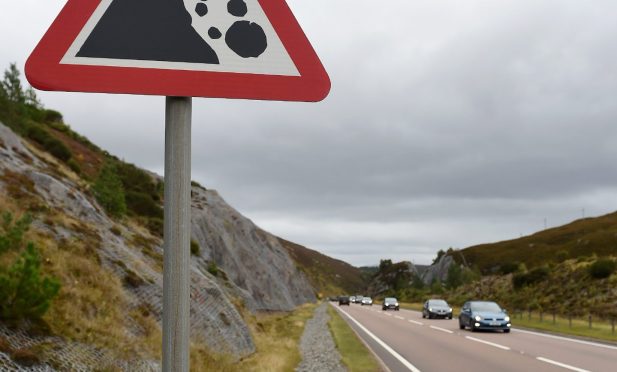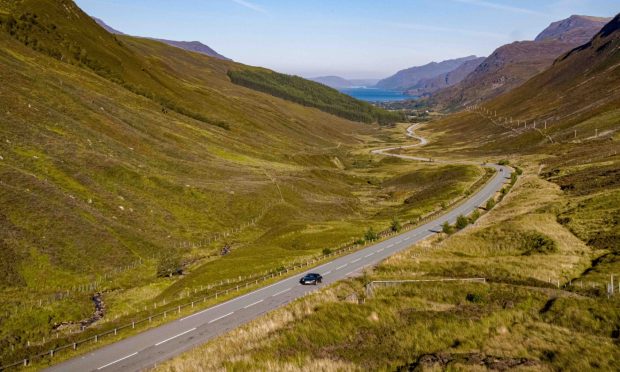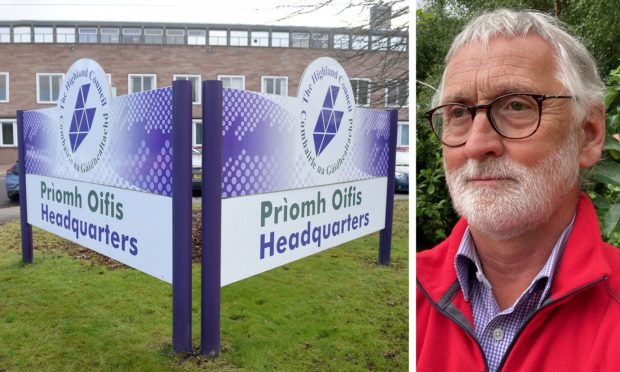A call has been made for further land reform in Scotland, as a new report says monopoly estate ownership is inefficient and negatively affecting communities.
A discussion paper published today argues new laws and policies are necessary to achieve a more diverse pattern of land ownership which can help sustainable economic, environmental and social development.
It says the value private landlords put on their exclusive ownership of large estates can “stultify enterprise” thereby limiting local job creation, while restricting access to necessary resources such as house sites.
The paper is written by Professor Mike Danson, professor emeritus of enterprise policy at Heriot Watt University, and is the latest to be published by Community Land Scotland (CLS), the body for community landowners.
It follows last month’s Land for the Common Good, its manifesto for the Scottish Parliament Election in May 2021, which calls for powers to stop the sale of large estates and break up existing land monopolies if they don’t serve the public interest.
Prof Danson said: “When there are monopoly powers over the land and its resources, the local community and natural environment are threatened with negative externalities, capacity to flourish is restricted and enforced outward migration is encouraged.
“When private property rights are permitted to dominate wider social and environmental needs, sustainability and inclusion, broadly defined, are constrained.”
CLS chairman Ailsa Raeburn said the paper illustrates the urgent need for further land reform for the common good.
“It highlights deep-seated structural issues associated with Scotland’s large-scale and uniquely concentrated pattern of monopoly rural land ownership that can undermine the public interest by preventing the sustainable development of communities.”
Dr Calum MacLeod, CLS policy director, added: “Market analysis has shown that for most private buyers an estate is viewed as a luxury purchase like a superyacht or a Lamborghini. In contrast, for many communities taking ownership of their land is a lifeline that helps ensure they can thrive.”
It has been estimated that 432 individuals own 50% of the country’s privately-held land. Public bodies account for 12.6%, conservation bodies 2.6% and about 3% is in community hands.
Sarah Jane Laing, chief executive, Scottish Land and Estates, said the discussion paper appears to be based on economic theories rather than “the compelling evidence of the realities of land use in rural Scotland today”.
“There is a multiplicity of land ownership types in rural Scotland including communities, public bodies and private owners. The stereotyping of private large estates owners as people whose impact is to the detriment of communities is so out of date and we question what evidence is produced to support that.”
She said large estates are run as businesses, employing people directly and indirectly: “They are, in the overwhelming majority of cases, involved in key industries such as farming and forestry and many are involved in the development of renewable energy, housing and the provision of affordable properties to rent.
“All of these sectors contribute to Scottish Government policy objectives and help rural Scotland thrive.”
